The outcome of the first high-level economic talks in eight years between China and Japan appeared to be positive. Japanese Foreign Affairs Minister Taro Kono and Chinese State Councillor Wang Yi met in Tokyo on Sunday. Both agreed to work on strengthening the relationship with more high level visits ahead.
Wang said that “I hope we can begin at a fresh starting point and discuss a new future, while promoting a new cooperative relationship. I want to have in-depth discussions on economic policies, cooperation on the belt and road initiative and further integration of East Asian countries.”
Kono also said that “I hope to hold active discussions about regional and global economic issues. I would also like to take this opportunity to further strengthen economic relations between Japan and China.”
Also more high-level visits were agreed, with Chinese Premier Li Keqiang go to Japan for a Japan-China-South Korea summit. And then Japan Prime Minister Shinzo Abe will visit China while Chinese President Xi Jinping will also visit Japan.
Separately, Abe will meet with US President Donald Trump at the latter’s Mar-a Lago resort for two days this week starting Tuesday.




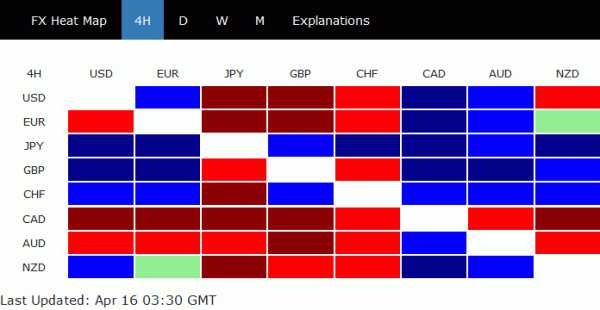
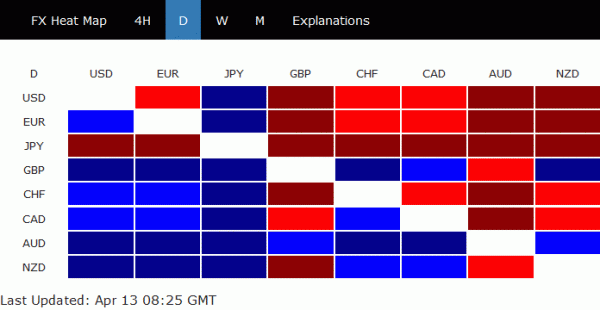
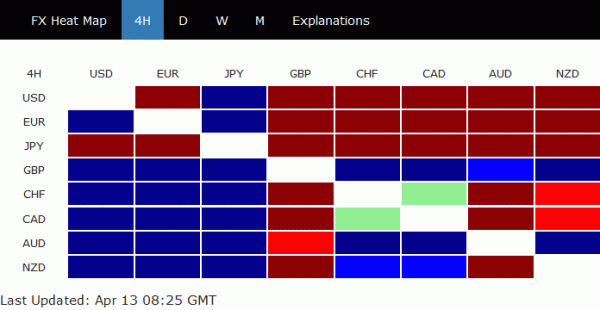
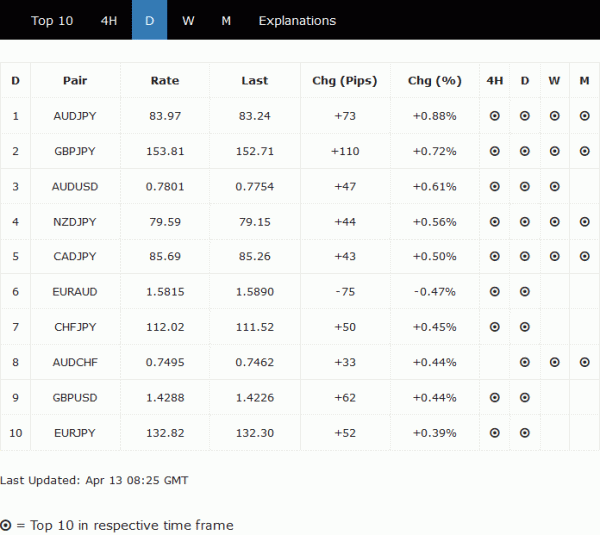
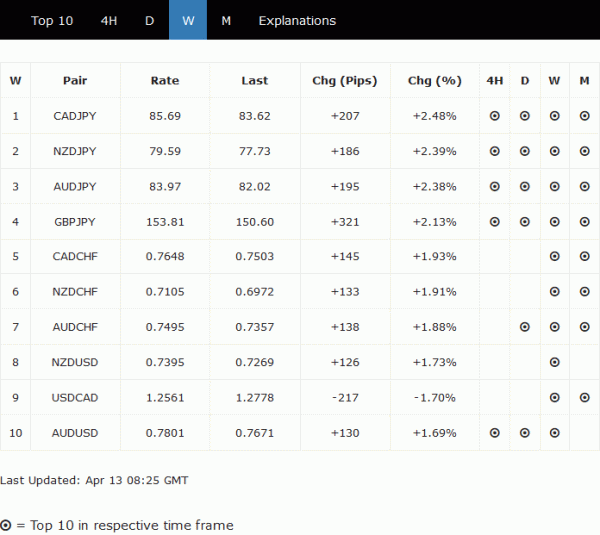
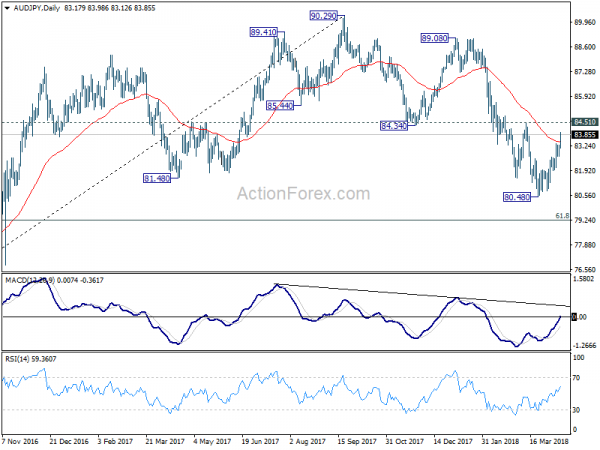
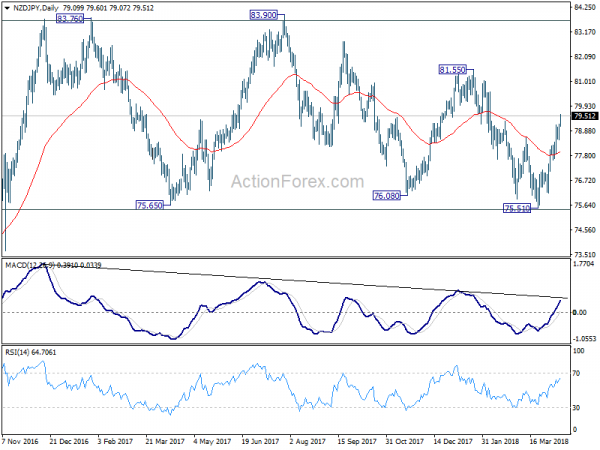
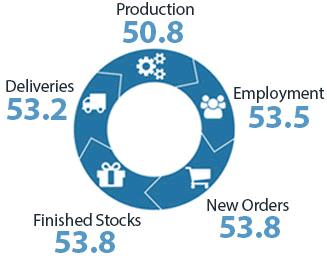

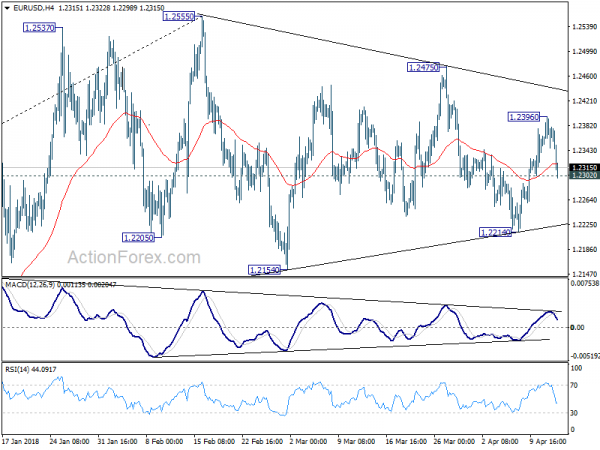
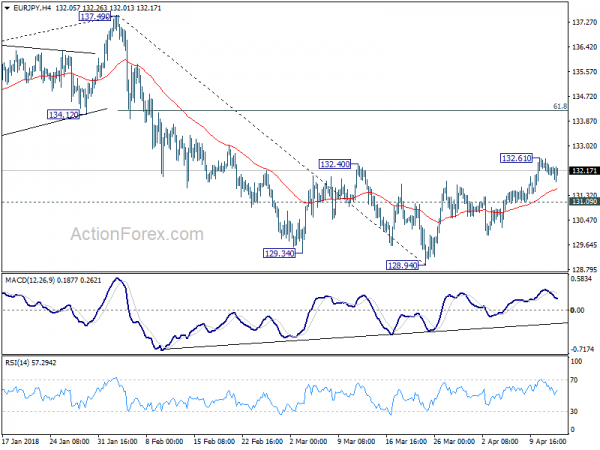
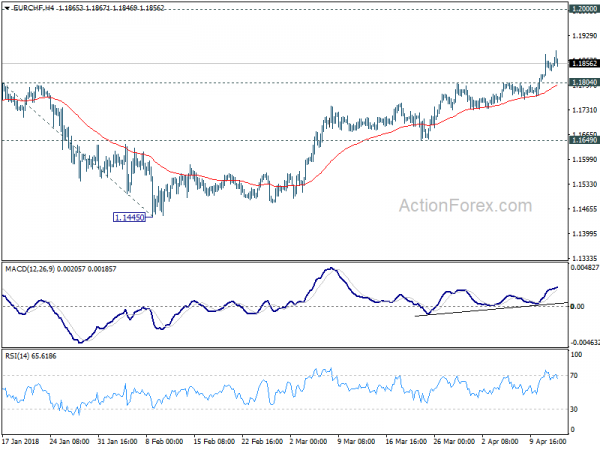
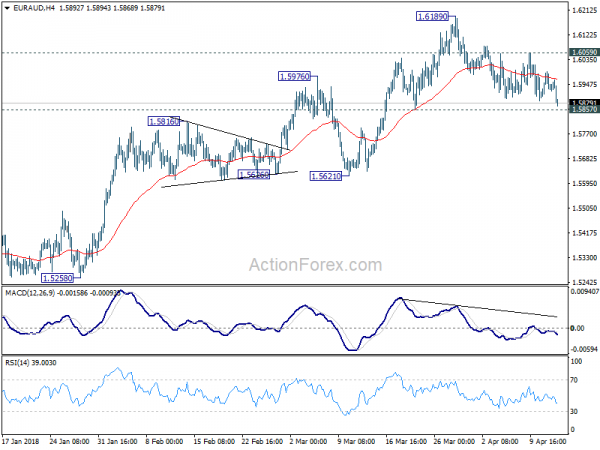
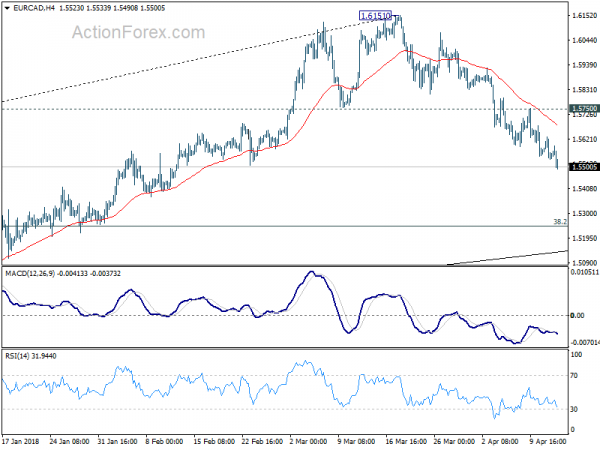
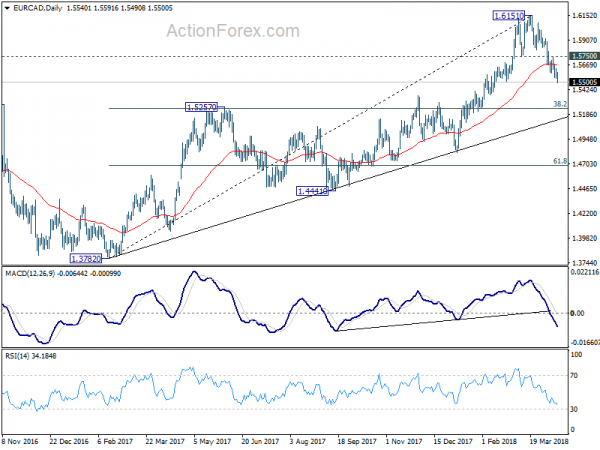
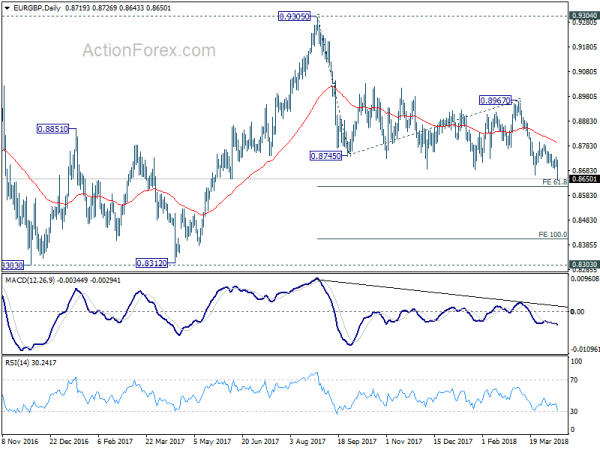
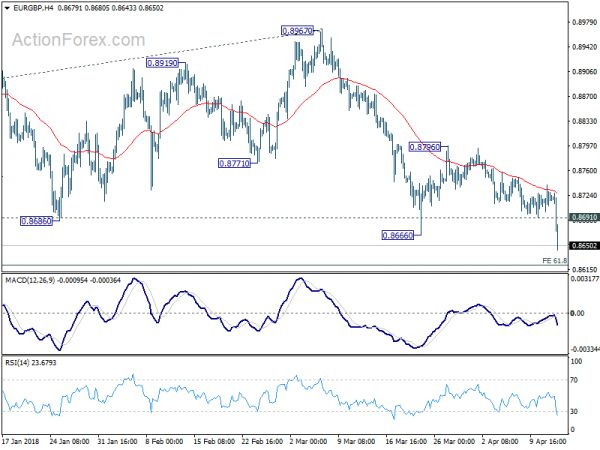
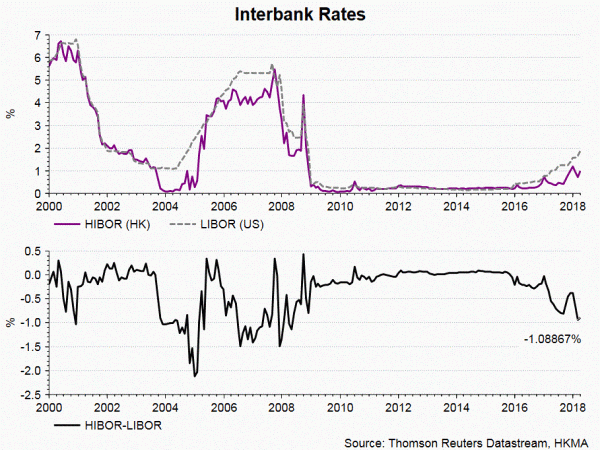
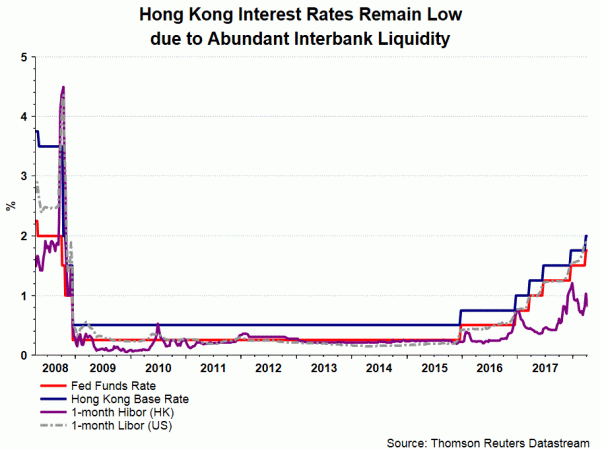
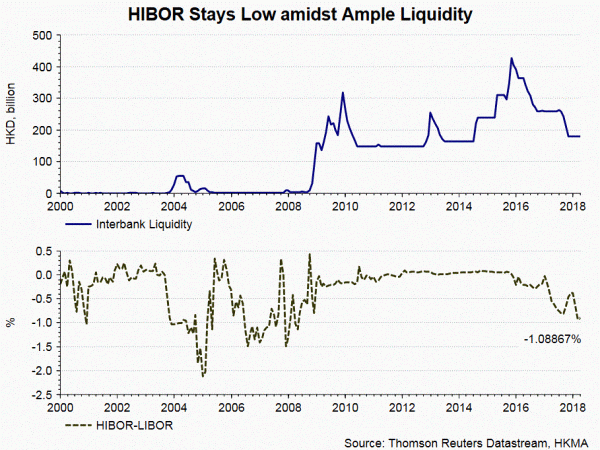
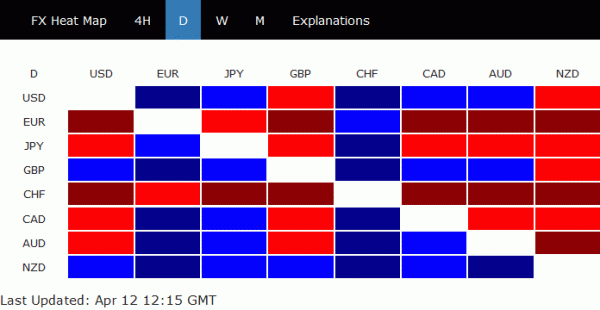
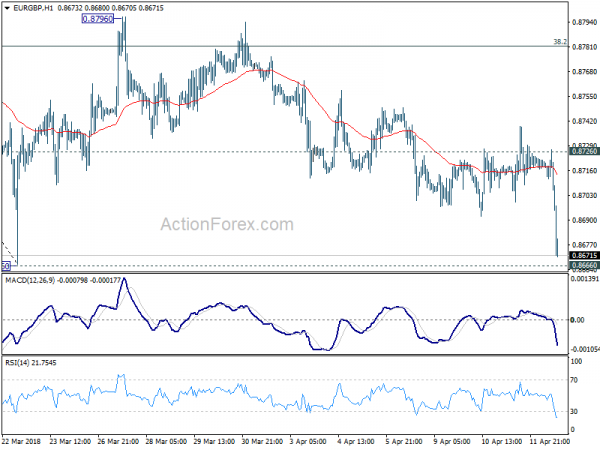
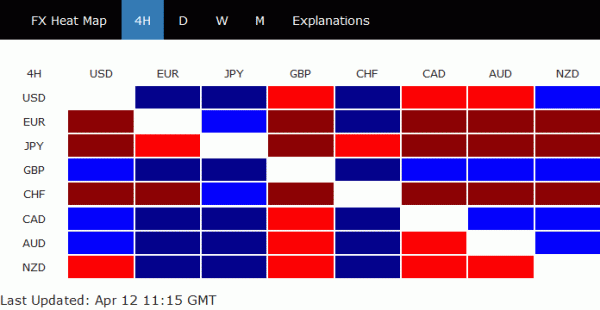

HKMA bought HKD 3.59b in fifth intervention move
The Hong Kong Monetary Authority (HKMA) intervenes in the markets again today to defend the peg to US Dollar. HKD 3.59b (USD 457m) was bought by HKMA (at around 3pm HKT) as the currency remains persistently weak and continues to press its trading band.
This is the fifth action intervention in recent period and the first time that happens during HK stock trading house. Accumulatively, HKMA bought HKD 13.55b in total.